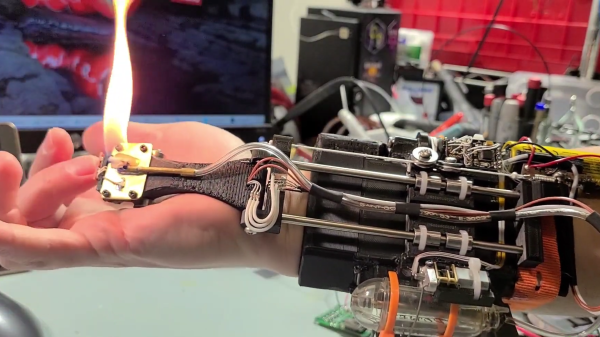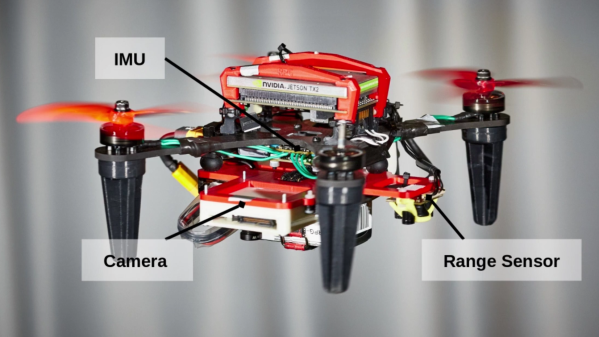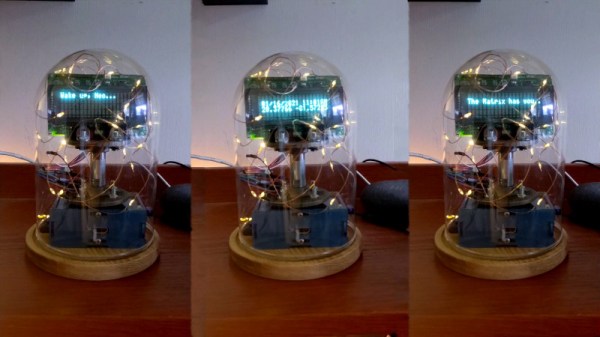
Sudo is super important Linux utility, as well as the source of endless jokes. What’s not a joke is CVE-2021-3156, a serious vulnerability around incorrect handling of escape characters. This bug was discovered by researchers at Qualys, and has been in the sudo codebase since 2011. If you haven’t updated your Linux machine in a couple days, you may very well be running the vulnerable sudo binary still. There’s a simple one-liner to test for the vulnerability:
sudoedit -s '\' `perl -e 'print "A" x 65536'`
In response to this command, my machine throws this error, meaning it’s vulnerable:
malloc(): corrupted top size
Aborted (core dumped)
To understand the problem with sudo, we have to understand escape characters. It really boils down to spaces in file and folder names, and how to deal with them. You want to name your folder “My Stuff”? That’s fine, but how do you interact with that directory name on the command line, when spaces are the default delimiter between arguments? One option is to wrap it in quotation marks, but that gets old in a hurry. The Unix solution is to use the backslash character as an escape character. Hence you can refer to your fancy folder as My\ Stuff. The shell sees the escape character, and knows to interpret the space as part of the folder name, rather than an argument separator. Escape characters are a common vulnerability location, as there are plenty of edge cases. Continue reading “This Week In Security: Sudo, Database Breaches, And Ransomware”

















